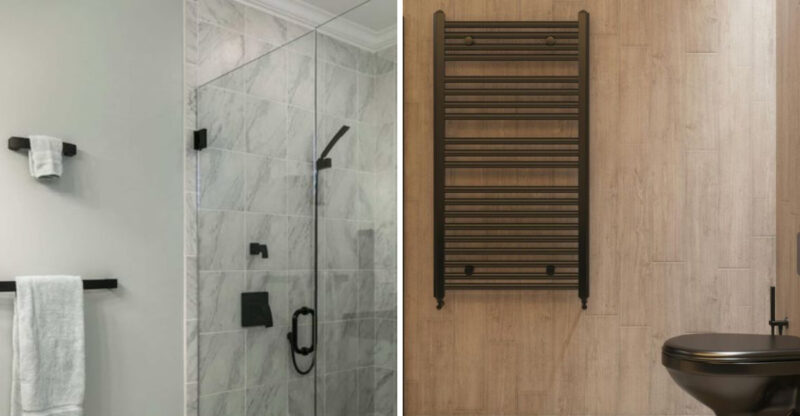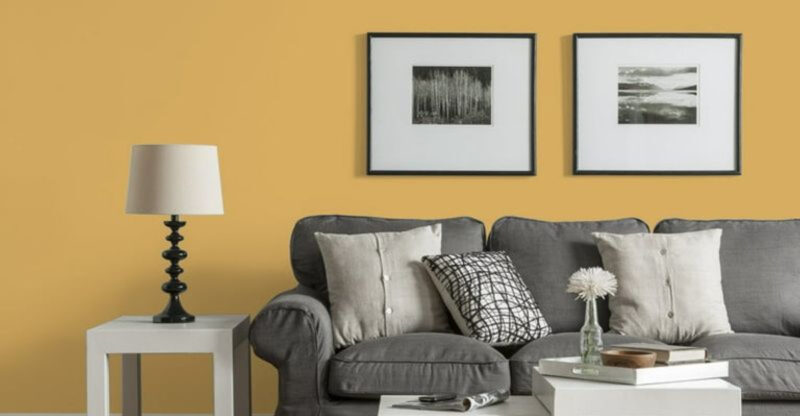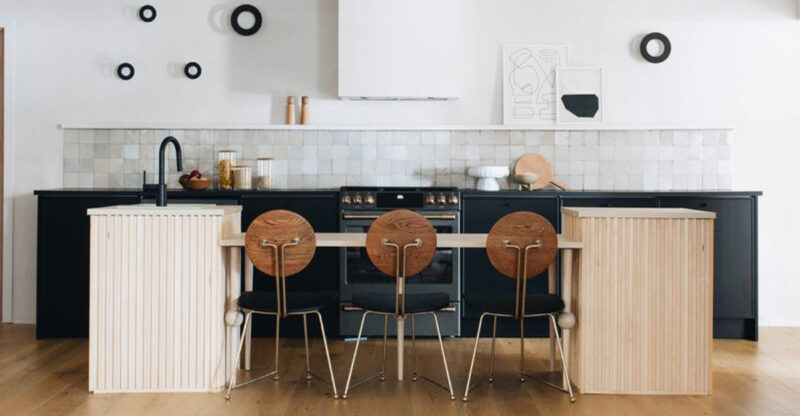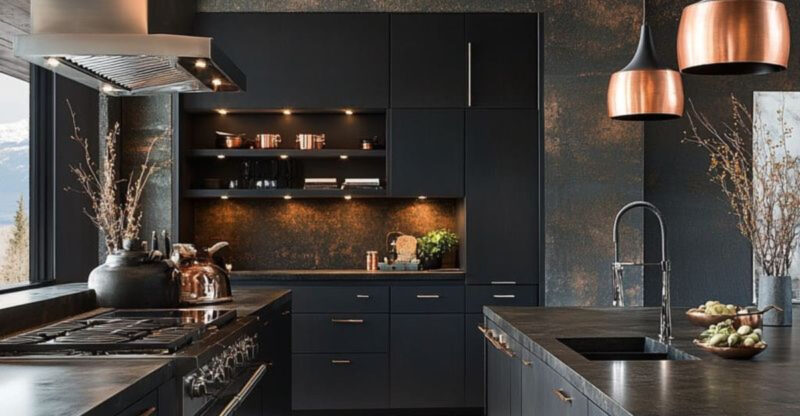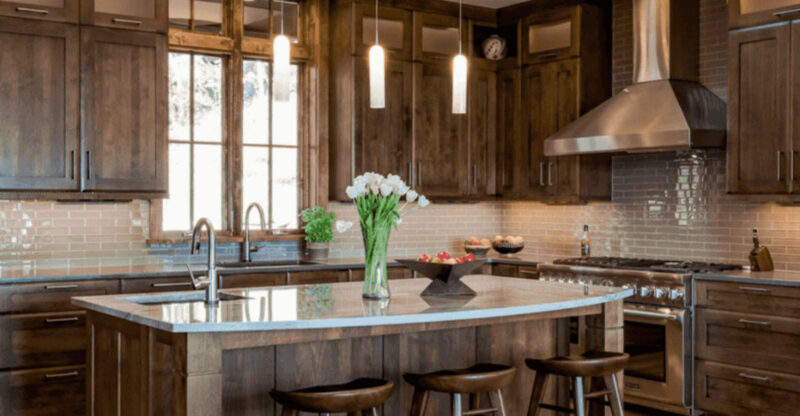12 Pantry Flaws That Subconsciously Turn Off Homebuyers, Designers Reveal
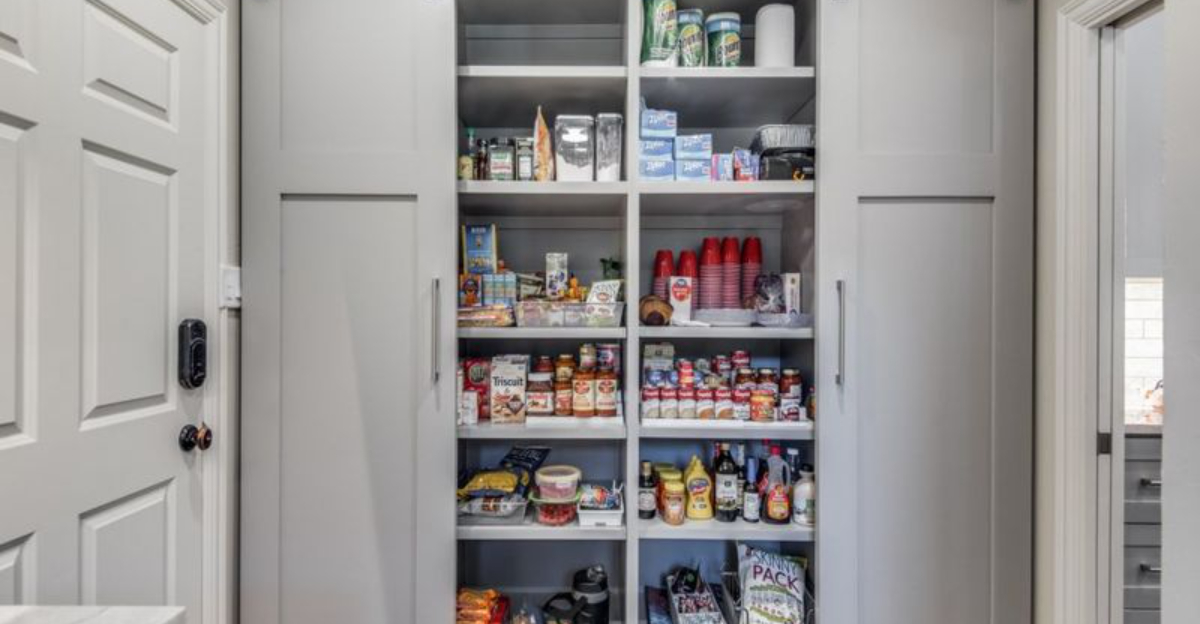
When selling your home, the pantry might be sabotaging your chances without you even realizing it. Potential buyers are secretly judging this storage space, making split-second decisions based on what they see.
Even the most polished kitchens can lose points over a cluttered, chaotic, or outdated pantry. Yes, it does matter that much. One crooked shelf or a sea of mismatched containers can send buyers running for the door.
Turns out, this humble space has the power to seal or sink the deal, who knew? Here are the common pantry pitfalls that could be turning buyers off.
1. Expired Food Zone
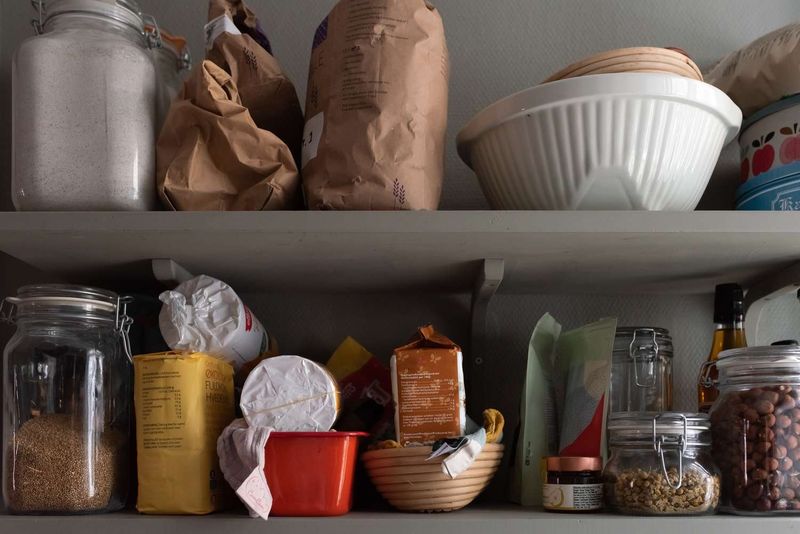
Nothing sends buyers running faster than discovering your pantry doubles as a food time capsule. Those ancient spice jars from 2017 and mystery cans without labels tell a story about your home maintenance habits.
Homebuyers subconsciously connect expired pantry items with neglected home systems. They’ll wonder what else might be past its prime. The water heater? The roof? Clear out anything questionable before showings.
2. Chaotic Organization System
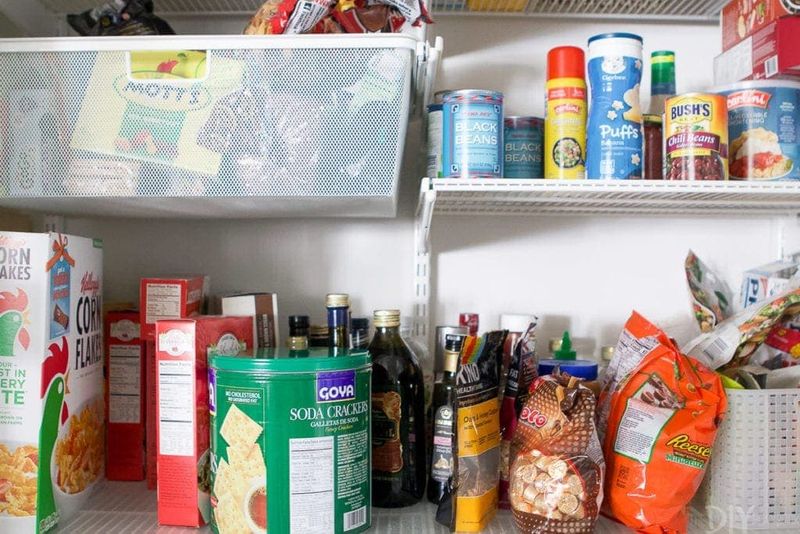
Where’s the logic behind storing pasta next to cleaning supplies and canned beans mixed with baking ingredients? Pantry chaos screams that your entire house lacks thoughtful systems.
Buyers mentally picture themselves cooking in this kitchen, and a disorganized pantry makes that vision stressful. Group similar items together and create clear zones, baking, breakfast, and snacks, to showcase the pantry’s functionality and your attention to detail.
3. Insufficient Lighting
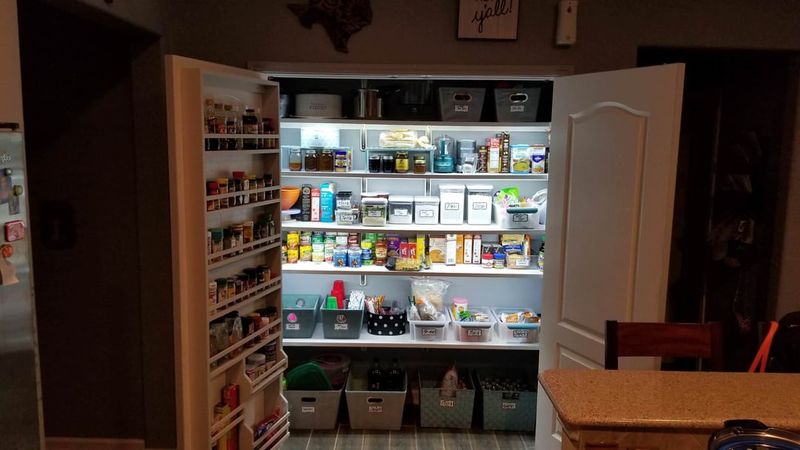
Dark pantry corners feel like something from a horror movie, not a dream home. Home seekers immediately imagine dropping cans on their toes while blindly feeling around for ingredients.
Poor lighting suggests you’ve neglected practical considerations throughout the house. Installing battery-operated LED puck lights or motion-sensor strips costs under $30 but transforms the space completely. This small upgrade signals that you’ve thought about how people actually use the space.
4. Wasted Vertical Space
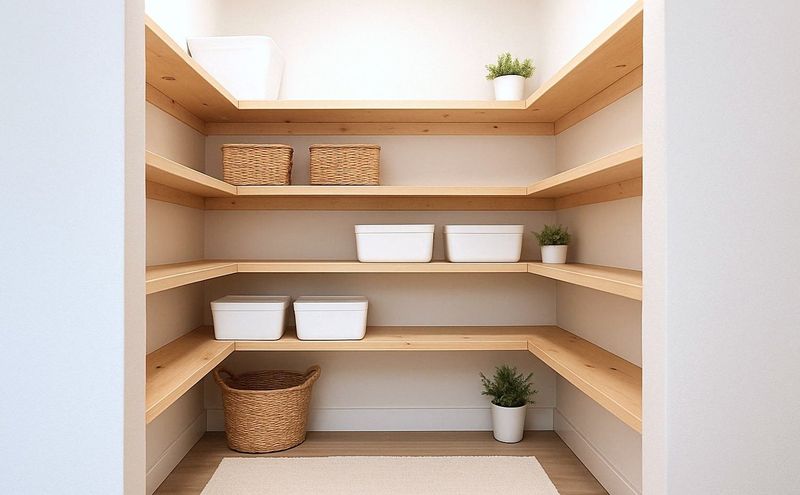
How frustrating to see six inches of unused space above every shelf! That’s prime real estate in pantry world, my friends. People mentally calculate storage capacity the moment they peek inside.
Adjustable shelving shows thoughtful customization. If your pantry has fixed shelves with wasted gaps, consider adding stackable organizers or hanging storage to demonstrate the space’s full potential.
Smart space utilization throughout the home is what today’s buyers crave.
5. Overflowing Abundance
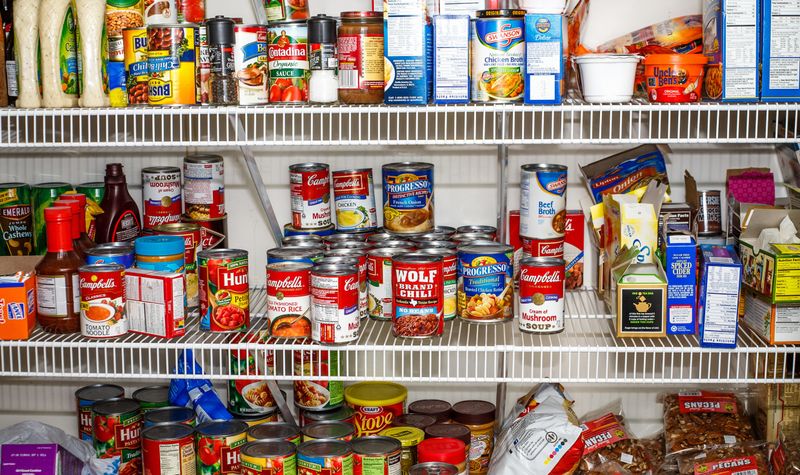
Though your Costco stockpile might impress doomsday preppers, it terrifies regular homebuyers. An overstuffed pantry makes even generous storage look inadequate.
Home hunters like to envision their own items in this space. When your pantry resembles a mini supermarket, they can’t picture fitting their belongings anywhere.
Remove at least 30% of items before showings. Your pantry should look spacious, not bursting at the seams.
6. Pest Evidence
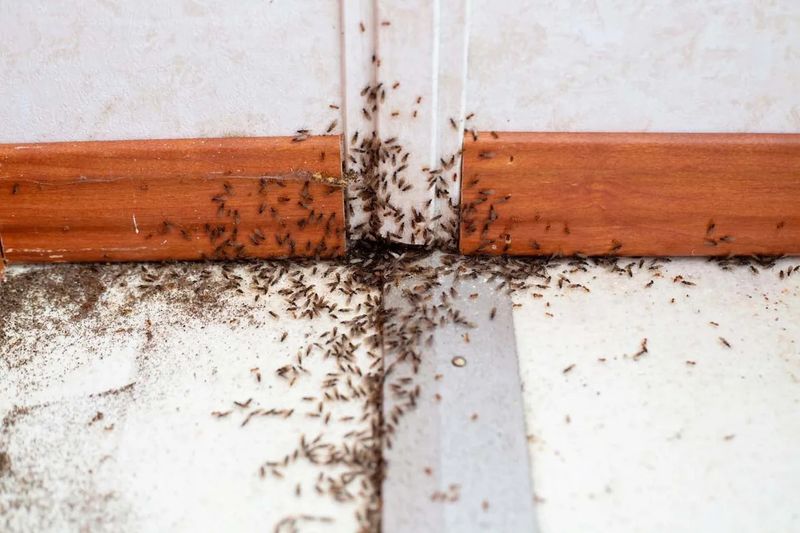
Did you know that a little bag of flour with a tiny hole might as well be a blinking neon sign saying “MICE LIVE HERE”? Buyers are pantry detectives, scanning for any hint of unwelcome critters.
Even old mousetraps send the wrong message. The pantry should be immaculate, so transfer dry goods to sealed containers and eliminate cardboard boxes that could harbor evidence. This simple step prevents buyers from imagining a whole-house pest problem.
7. Shabby Shelving
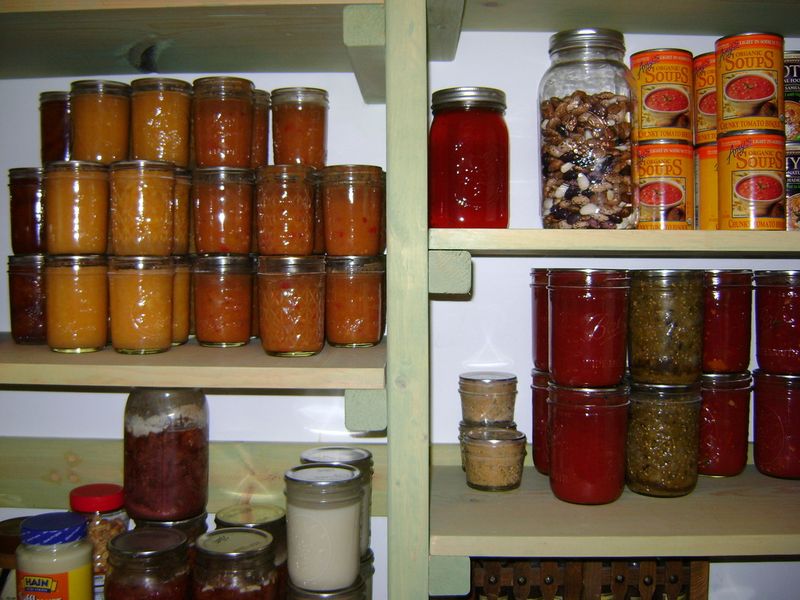
Those sagging, stained particle board shelves are practically screaming “this house hasn’t been updated since 1992!” First impressions matter, and your pantry shelving tells a story about overall home maintenance.
Buyers view worn shelving as another project they’ll need to tackle. Replacing basic shelves costs relatively little but delivers major impact. Even a fresh coat of white paint on existing shelves can transform the space from neglected to neat.
8. Overwhelming Odors
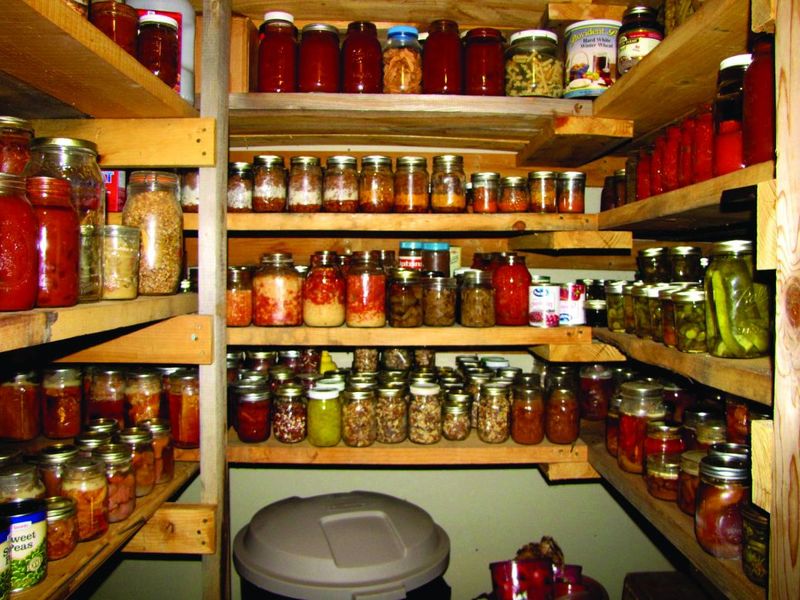
Your nose has gone blind to that peculiar pantry smell, a mix of onions, spices, and something vaguely musty. Home hunters, however, notice it immediately and wonder what else might be lurking.
Scent creates powerful subconscious impressions. Clean shelves with a vinegar solution before showings and add a small container of baking soda to absorb odors. Avoid artificial air fresheners that scream “I’m hiding something” rather than solving the underlying issue.
9. Awkward Door Situation
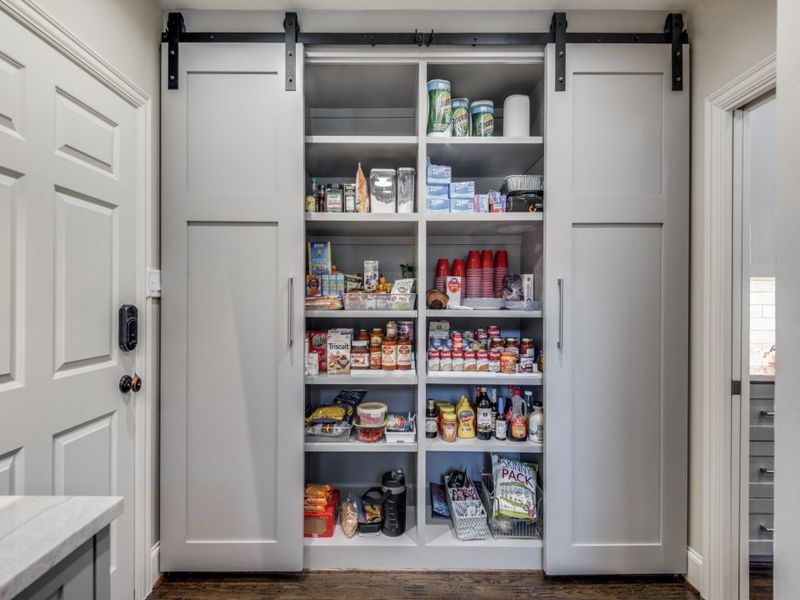
Though bifold doors seemed clever in 1985, they’re now the awkward dinosaurs of pantry design. Doors that block kitchen traffic when open or require a contortionist to access corner shelves instantly annoy potential buyers.
If possible, replace problematic doors with something more functional before listing. Can’t replace them? Remove them entirely during showings if the pantry contents look organized.
Buyers appreciate thoughtful traffic flow and easy access in kitchen spaces.
10. Mismatched Container Chaos
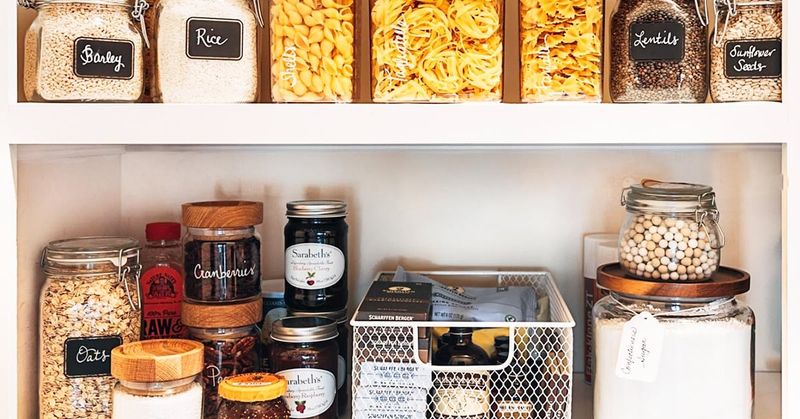
Are your storage containers having an identity crisis? That jumble of mismatched plastic tubs, random jars, and repurposed takeout containers suggests disorganization throughout your home.
Buyers equate visual harmony with a well-maintained property. Investing in a coordinated set of storage containers creates an impression of thoughtful organization.
Clear containers allow buyers to see the pantry’s potential while creating a visually appealing, cohesive look.
11. Neglected Deep Corners

Those mysterious deep corners where items disappear forever are the Bermuda Triangles of pantry design. Buyers immediately spot wasted space and awkward accessibility.
Corner shelves without proper access solutions suggest you’ve ignored functionality problems. Adding pull-out drawers or lazy Susans transforms these problem zones into feature points. Smart storage solutions throughout the home indicate attention to practical living details that buyers value.
12. Outdated Pantry Purpose
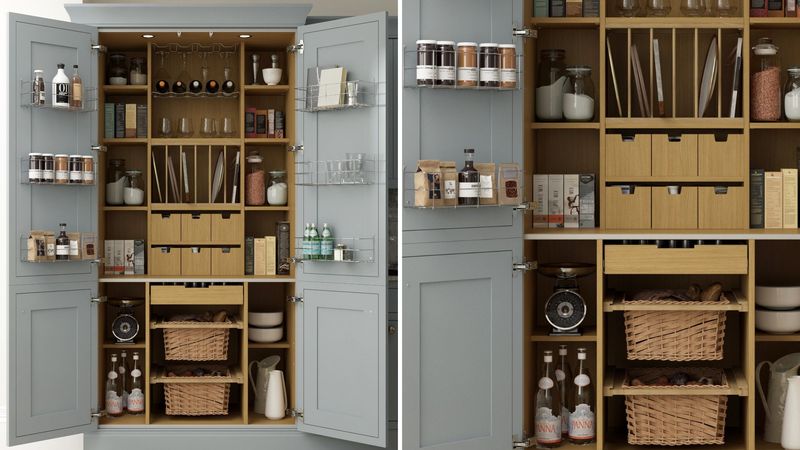
Using your pantry as overflow storage for holiday decorations, small appliances, and random household items confuses buyers about the home’s storage capacity. They want dedicated food storage, not a catchall closet.
Today’s buyers expect specialized storage spaces. Your pantry should contain food and kitchen items exclusively.
Repurpose before showings to demonstrate proper functionality. This simple reset helps buyers envision living in the space without feeling storage-deprived.

